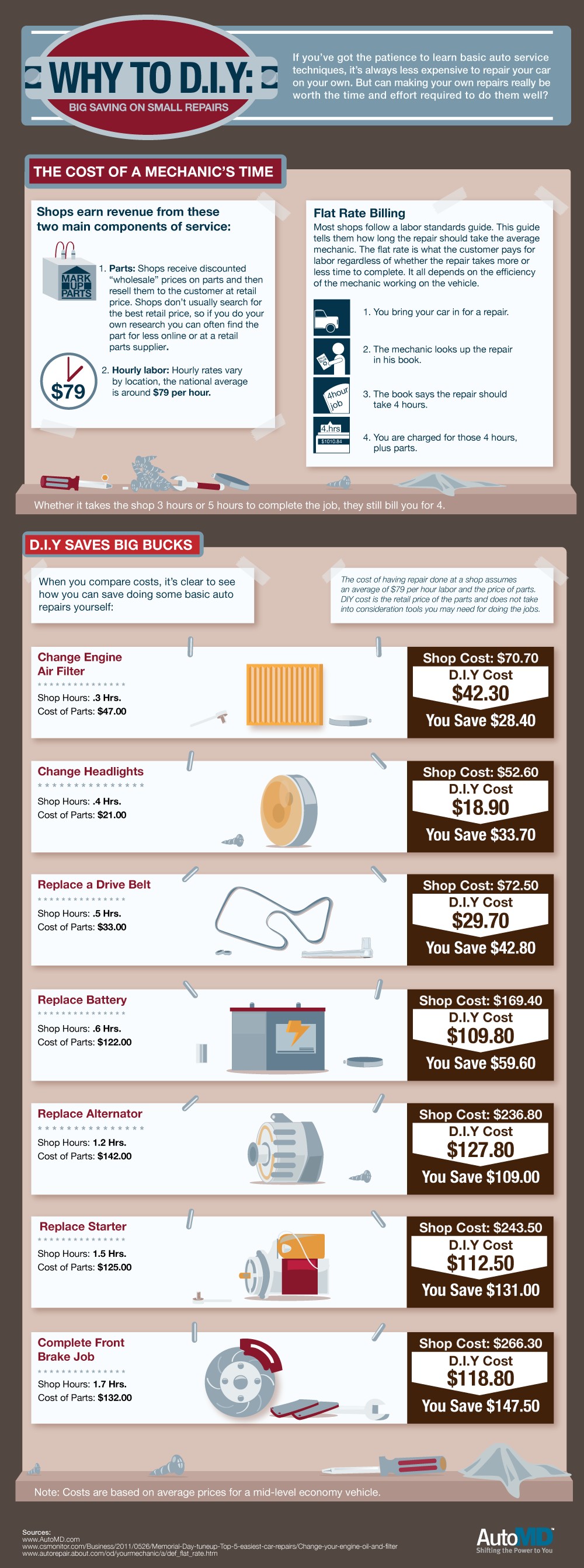Wondering Regarding The Definition Behind Those Control Panel Caution Lights? Gain Insights Right Into Their Implications For Your Automobile'S Safety And Upkeep
Wondering Regarding The Definition Behind Those Control Panel Caution Lights? Gain Insights Right Into Their Implications For Your Automobile'S Safety And Upkeep
Blog Article
Article Writer-Faulkner Forbes
When you're behind the wheel, those glowing warning lights on your control panel can be a bit puzzling. Do you understand what they're attempting to tell you about your vehicle's health? Comprehending the significance of these lights is crucial for your security and the durability of your car. So, https://oilchangedealsnearme84951.blogchaat.com/31250829/uncertain-concerning-selecting-an-auto-service-center-discover-professional-guidance-on-exactly-how-to-recognize-reliable-choices-in-your-vicinity-that-will-certainly-alleviate-your-concerns following time among those lights appears, wouldn't you want to analyze its message precisely and take the required steps to resolve it?
Common Warning Lights and Interpretations
Determine typical caution lights in your car and comprehend their significances to make certain safe driving.
The most normal caution lights include the check engine light, which indicates concerns with the engine or emissions system. If this light begins, it's vital to have your vehicle examined immediately.
aucklandcardetailing warning light indicates low oil stress, needing instant attention to avoid engine damage.
A flashing battery light might suggest a defective charging system, possibly leaving you stranded if not attended to.
The tire stress monitoring system (TPMS) light notifies you to low tire stress, influencing automobile security and gas efficiency. Disregarding this might result in dangerous driving problems.
The abdominal muscle light suggests an issue with the anti-lock stopping system, jeopardizing your ability to stop rapidly in emergencies.
Last but not least, the coolant temperature level warning light warns of engine overheating, which can result in extreme damage otherwise resolved quickly.
Understanding these typical caution lights will assist you resolve issues promptly and preserve risk-free driving problems.
Relevance of Prompt Attention
Recognizing the typical warning lights in your vehicle is only the primary step; the value of immediately addressing these cautions can't be emphasized sufficient to ensure your safety and security when driving.
When your domain name brightens on your control panel, it's your car's way of interacting a prospective problem that needs attention. Ignoring these cautions can result in much more severe problems down the road, endangering your security and potentially costing you much more in repairs.
Motivate attention to cautioning lights can avoid breakdowns and accidents. As an example, a flashing check engine light could indicate a misfire that, if left neglected, could cause damages to the catalytic converter. Resolving this immediately can save you from a pricey repair.
In a similar way, a brake system advising light might indicate reduced brake fluid or worn brake pads, important components for your safety and security when driving.
DIY Troubleshooting Tips
If you notice a warning light on your dashboard, there are a few do it yourself fixing suggestions you can try before seeking expert help.
The primary step is to consult your auto's manual to recognize what the details caution light suggests. Sometimes the problem can be as easy as a loosened gas cap setting off the check engine light. Tightening up the gas cap may deal with the issue.
Another usual issue is a low battery, which can activate numerous cautioning lights. Inspecting the battery links for deterioration and ensuring they're protected might repair the problem.
If a warning light continues, you can try resetting it by disconnecting the cars and truck's battery for a few minutes and afterwards reconnecting it. Furthermore, inspecting your automobile's liquid degrees, such as oil, coolant, and brake liquid, can aid repair cautioning lights connected to these systems.
Conclusion
Finally, recognizing your cars and truck's warning lights is important for maintaining your vehicle running efficiently and safely. By without delay addressing these notifies and recognizing what they indicate, you can prevent costly repair work and possible break downs.
Remember to consult your car's handbook for particular details on each cautioning light and do something about it accordingly to make sure a trouble-free driving experience.
Remain notified, stay safe when driving!
